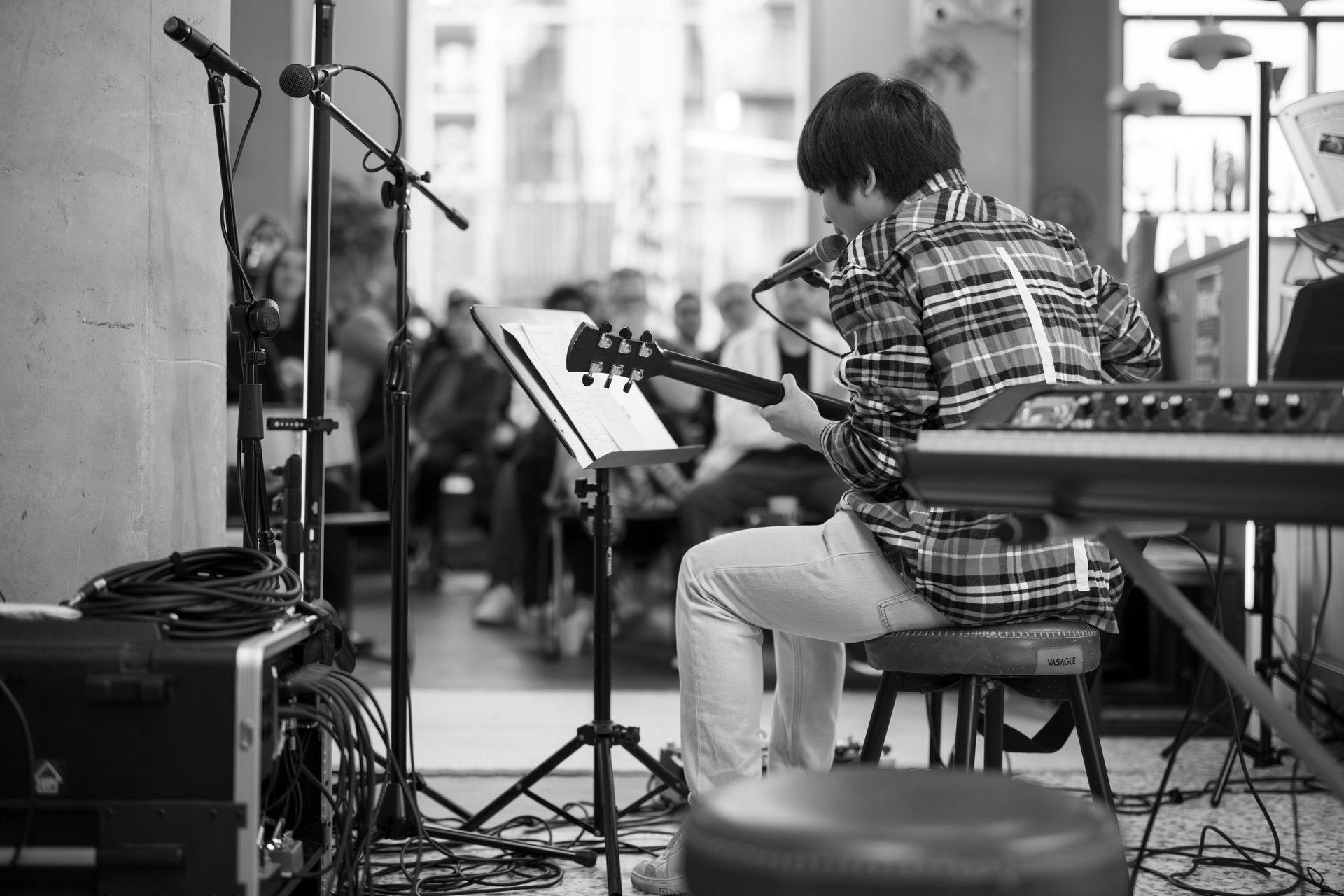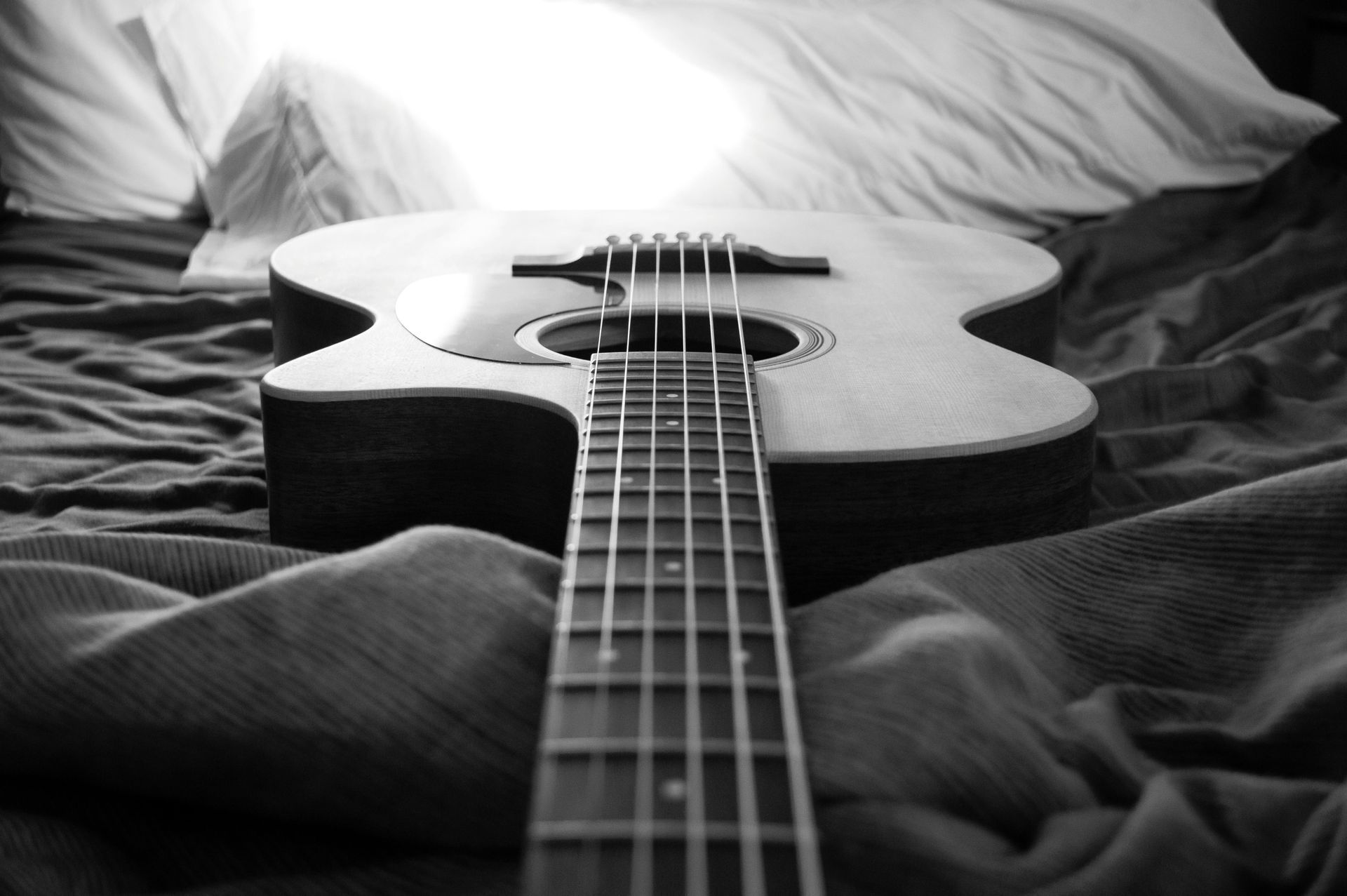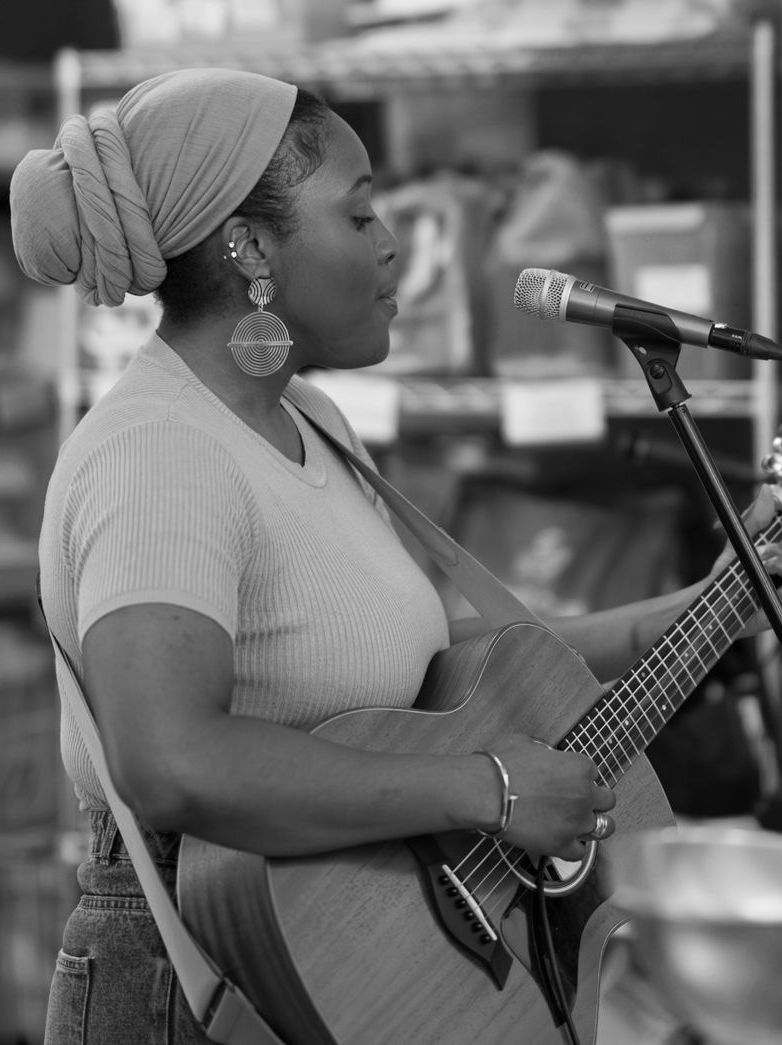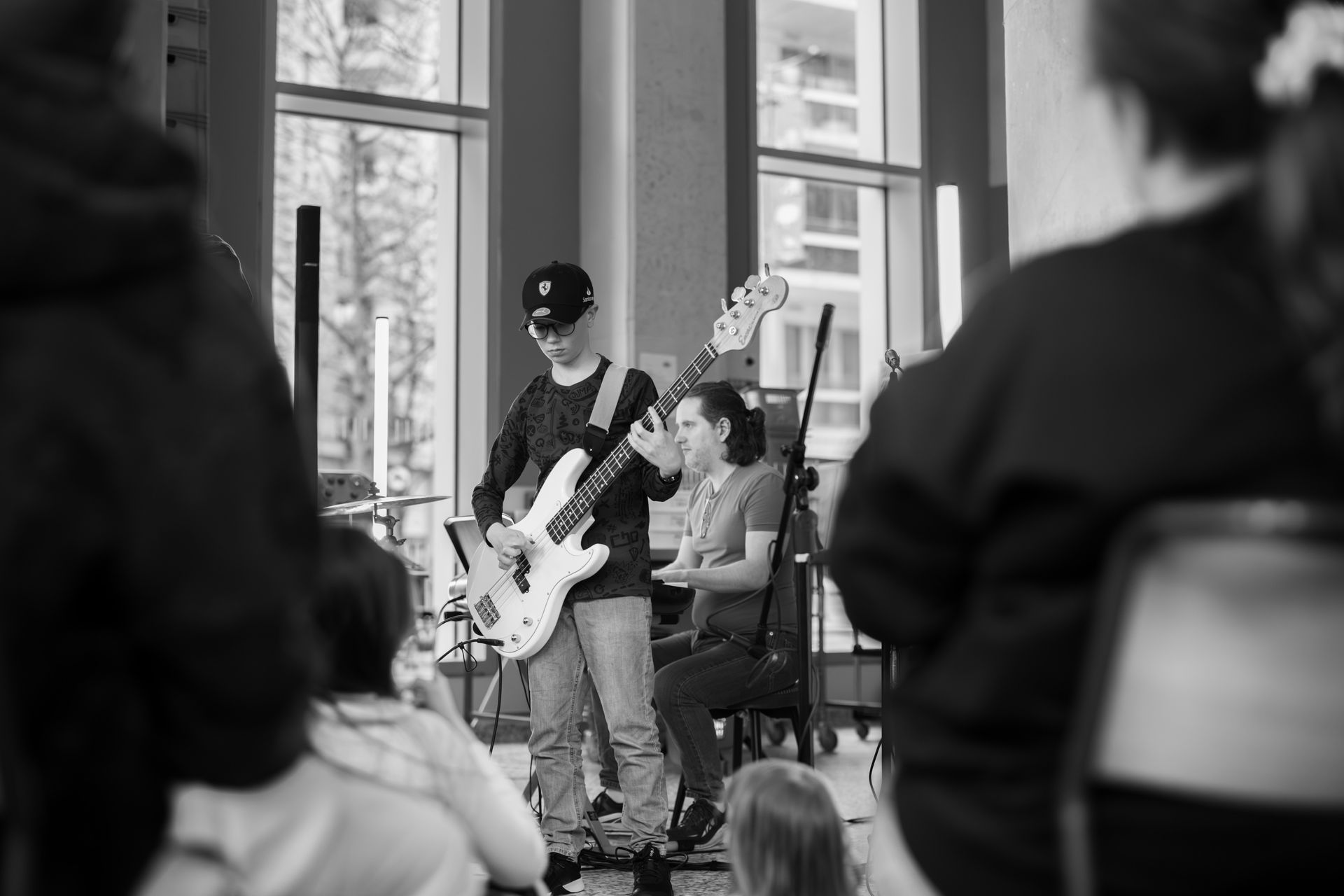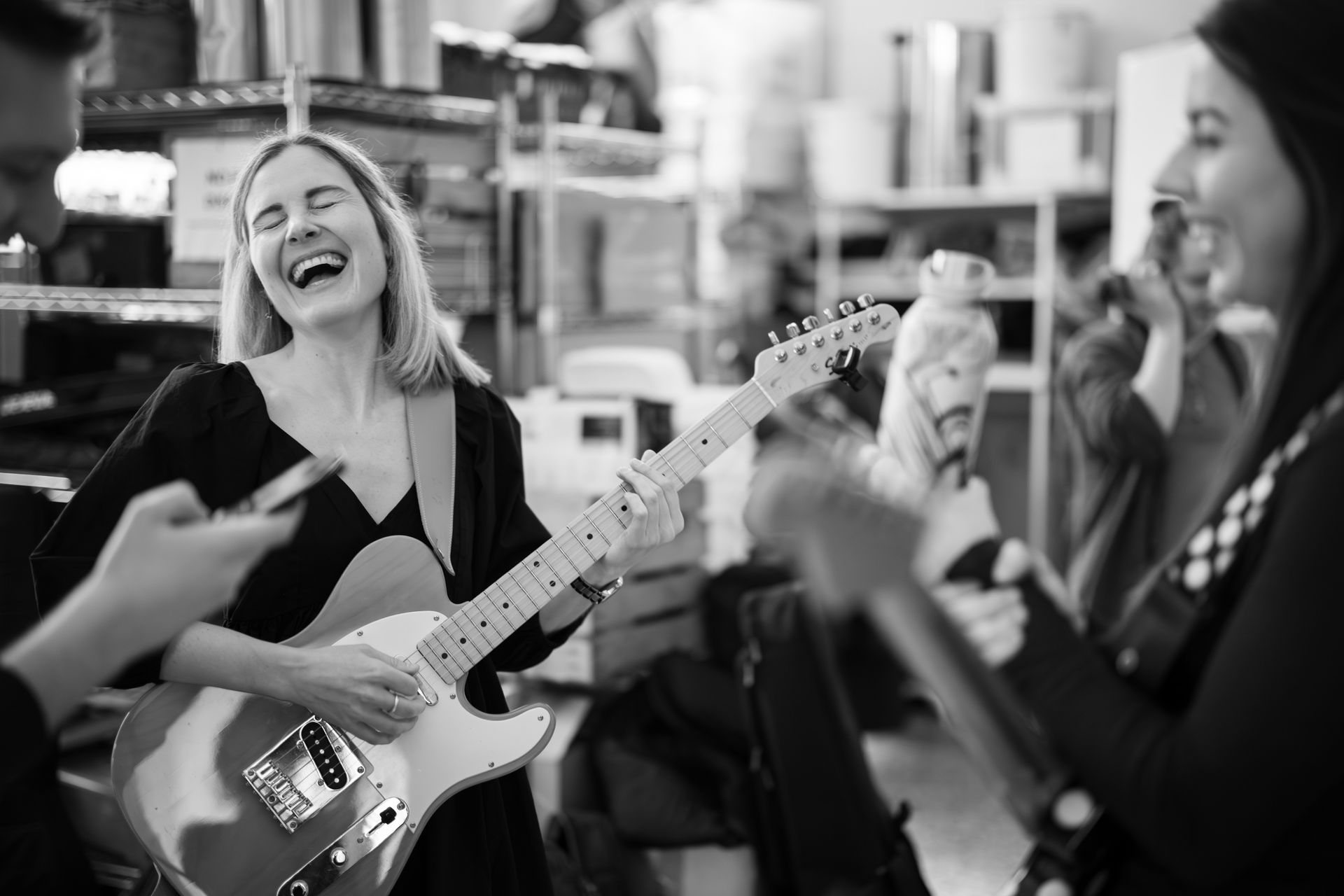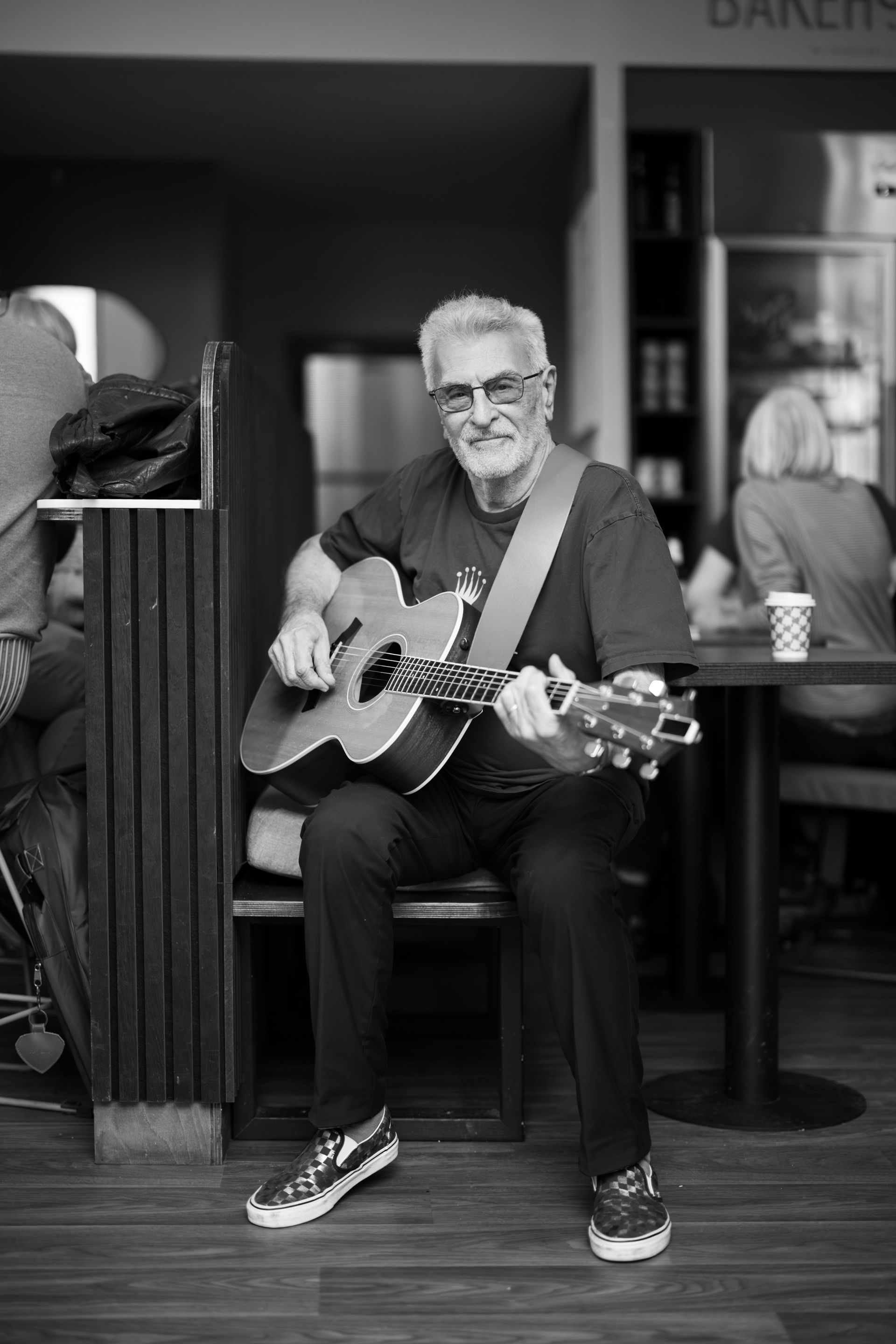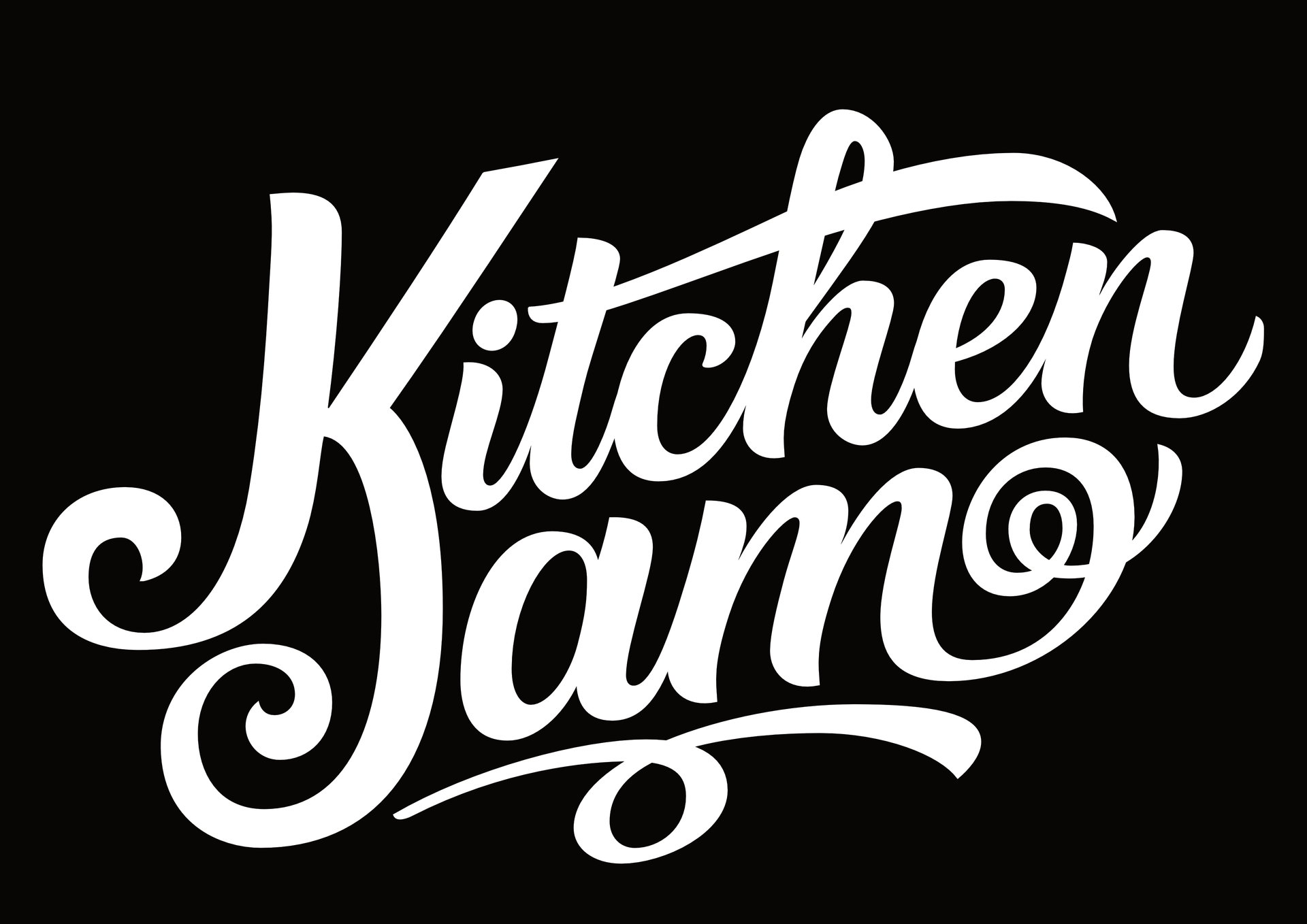Understanding Your Amp: Simple Settings That Make a Big Difference
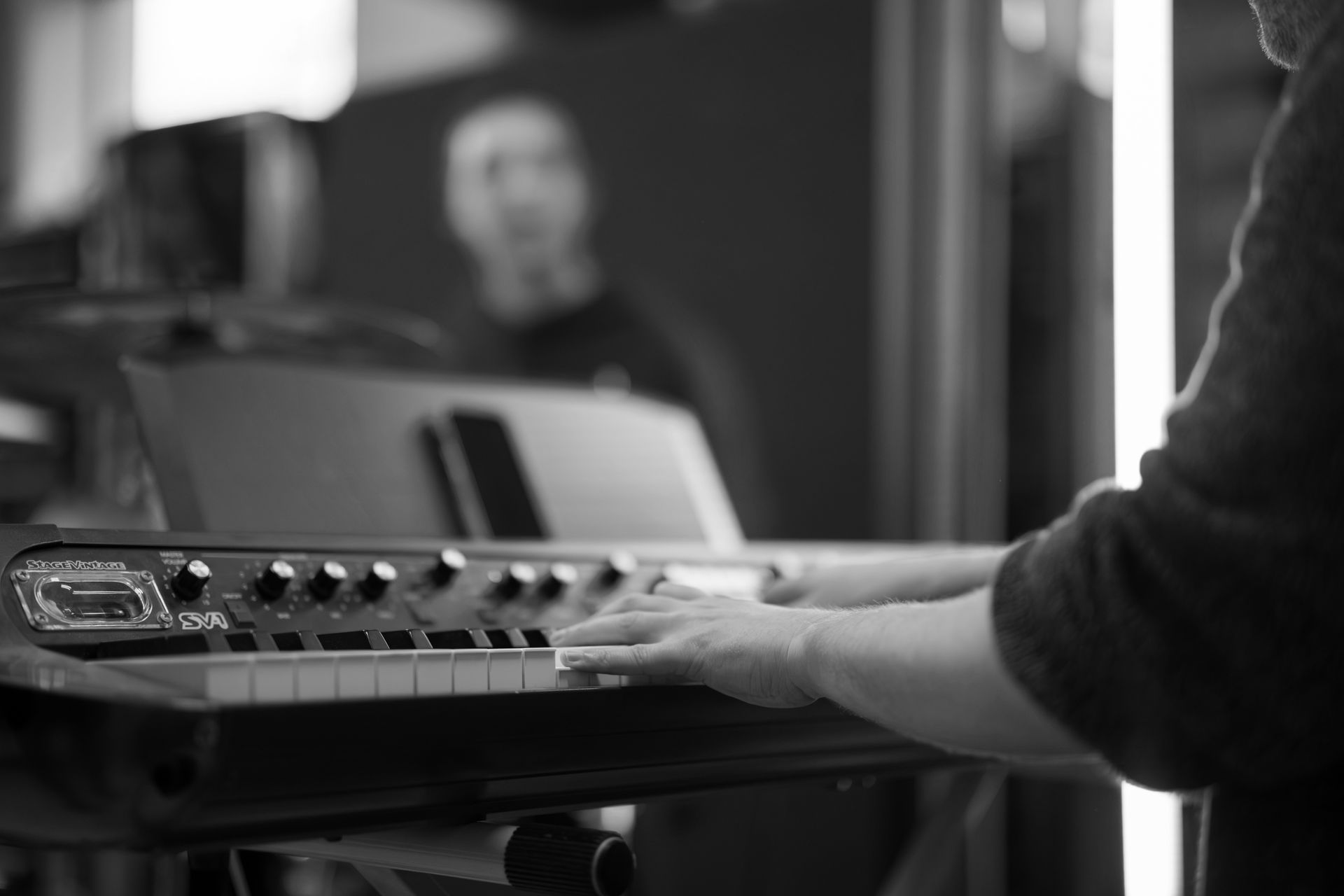
You've got a guitar. You've got an amp. You're ready to rock! But before you crank that volume knob to 11 and unleash a wall of noise, let's talk about the magic box that turns your string plucks into pure sonic gold: your amplifier. It’s more than just a volume booster; it’s the voice of your guitar, and understanding its simple controls can transform your sound from a garage-band racket to a polished, professional tone.
The Tonal Trinity: Gain, Treble, Bass
At the heart of almost every amp are three essential knobs that form the "tonal trinity": Gain, Treble, and Bass. Mastering these is your first step to a killer tone.
- Gain (or Drive): This is the soul of your amp's sound. Gain controls how much your signal is boosted before it hits the power tubes. A little gain gives you a clean, clear tone, perfect for blues, jazz, and funk. Crank it up, and you'll get that gnarly, distorted crunch that defines rock and metal. Think of it as the intensity knob. The higher the gain, the more compressed and saturated your sound becomes. For a classic clean sound, keep it low, maybe around 2 or 3. For a fiery rock tone, start at 5 and go from there.
- Treble: This knob controls the high frequencies, or the "sparkle" and "bite" of your sound. Too much treble and your tone will sound harsh and thin, like a swarm of angry bees. Too little, and it'll sound muddy and dull. A good starting point is usually right in the middle, around 5 or 6. From there, you can adjust it to cut through a mix or mellow out for rhythm playing.
- Bass: The bass knob is all about the low frequencies—the "thump" and "warmth." It gives your sound body and power. However, too much bass can make your sound boomy and unclear, especially in a band setting. A common mistake for new players is to max out the bass, thinking it adds power. In reality, it often just creates mud. A great starting point is to set it a little lower than the treble, perhaps around 4 or 5.

The Midrange Maestro: The Secret Weapon
Often overlooked, the Mid knob is arguably the most crucial control for shaping your sound and making sure you stand out in the mix. Mids are the frequencies that give your guitar its presence. Scooping out the mids (setting them low) creates a classic "metal" tone—that scooped-out, aggressive sound. But be careful; too little mid-range and you might disappear in a band with a bassist and drummer. Adding more mids can make your solos sing and give your rhythm playing a punchy, percussive feel. For a rich, full tone, try boosting the mids slightly, maybe around 6 or 7.
Volume and Master Volume: The Power Couple
Finally, let's talk about Volume. Many amps have two volume controls: a pre-amp volume (sometimes just labeled "Volume") and a master volume. The pre-amp volume controls the volume of the signal before it hits the power amp, working in tandem with the gain to shape your tone. The master volume controls the overall output volume. If you want to get that natural, overdriven sound from your amp's power section, you'll need to crank the master volume, but if you're practicing in your bedroom, you can keep the master low while still getting great tone by pushing the pre-amp volume.
Now that you know the basics, the real fun begins. Don't be afraid to experiment! Dial in different settings, listen to how they affect your tone, and find the sound that truly speaks to you. Your amp is a creative tool, and with a little understanding, you can unleash its full potential. So go on, plug in, and find your voice. Your guitar will thank you.
